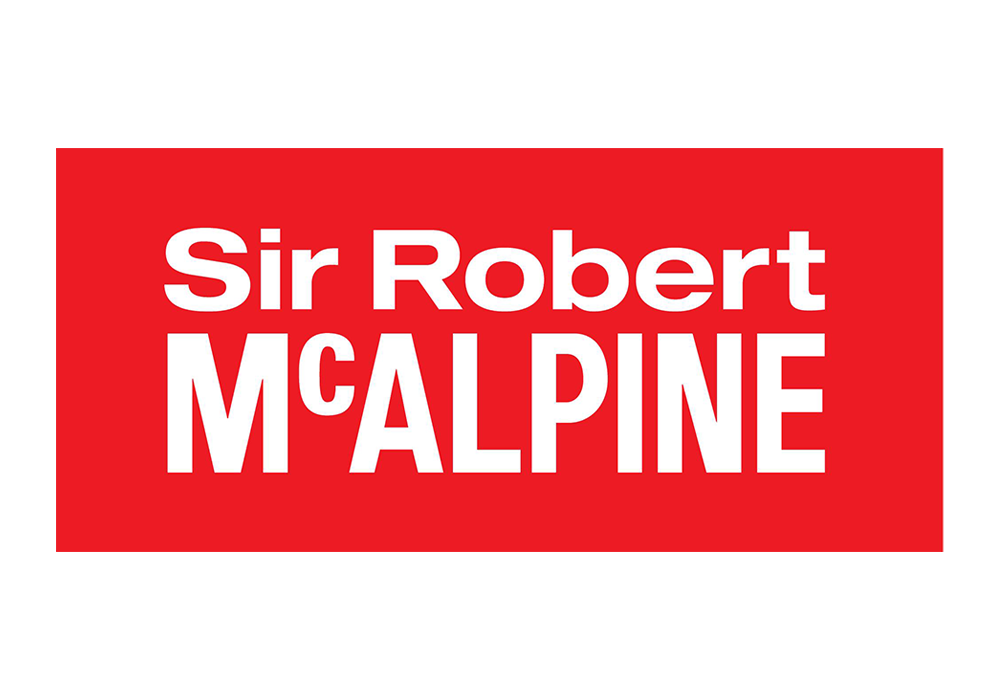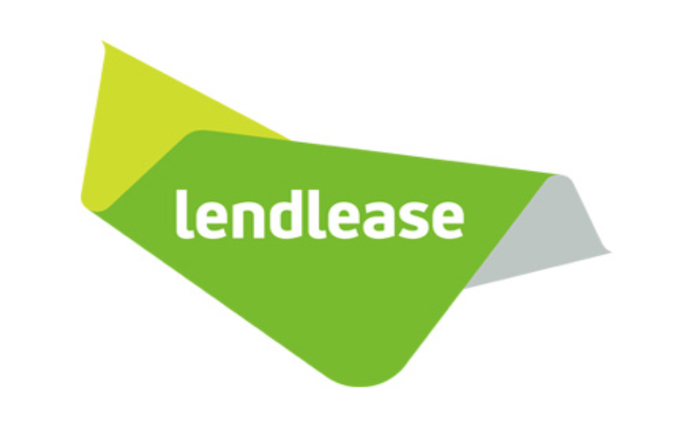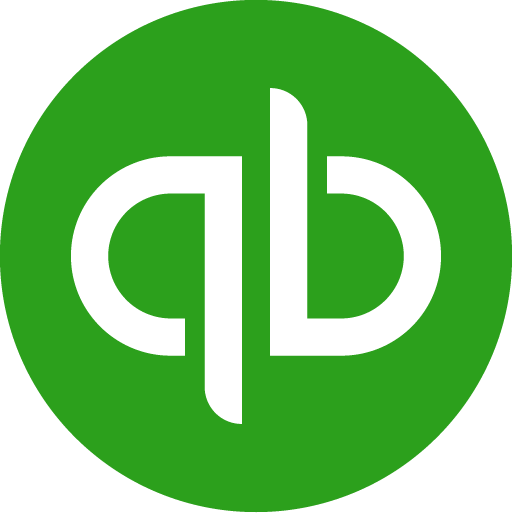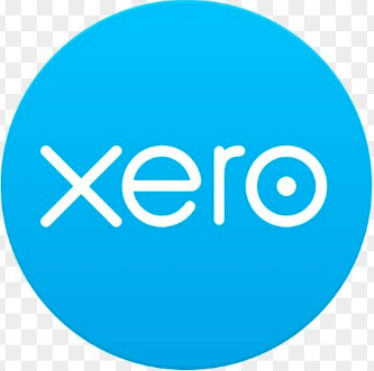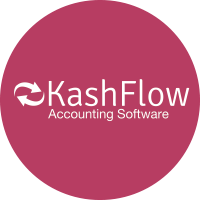As a Director of a profitable Limited Company, you want to reap those rewards of success and take those profits out of the company to enjoy!
The money you take from the Company is of course ultimately taxable. Careful consideration has to be given to profit extraction and from a tax point of view, you want to treat these drawings in the most efficient manner so that you pay the least amount of tax possible.
There are choices on how you treat your drawings – salary (maybe as a bonus) or dividends, or maybe a combination of both.
Treating your drawings as Dividends is the most tax efficient, as they are taxed at a lower rate of tax when compared to salary or bonuses. Furthermore, you won’t pay tax on the first £2,000 of dividends that you get in the tax year making dividends even more efficient.
What about tax?
Above this £2,000 allowance, the tax you pay depends on which Income Tax Band you’re in.
For the 2019/20 tax year, the tax payable on dividends is as follows:
| Tax band | Tax rate on dividends over £2,000 |
| Basic rate (and non-taxpayers) | 7.5% on earnings up to £34,500. |
| Higher rate | 32.5% on earnings above the basic rate up to £150,000. |
| Additional rate | 38.1% on earnings above £150,000. |
Dividends are treated as the top slice of your income so that they are taxed last so this means that they are added to your other taxable income when working this out. So, you may pay tax at more than one rate.
So how much is the tax saving?
The following example shows the tax saving that may be achieved where a company pays profits of £50,000 as a dividend rather than additional salary or bonus. It is assumed that you receive a salary for the year of £8,632 per annum.
| Salary | Dividend | |
| Company: | ||
| Profits | £58,632 | £58,632 |
| Less, basic salary | (£8,632) | (£8,632) |
| Less, bonus | (£43,937) | £nil |
| Less, employer’s NICs | (£6,063) | £nil |
| Taxable profits | £nil | £50,000 |
| Corporation tax | £nil | (£9,500) |
| Profits after tax / Dividend paid | £nil | £40,500 |
| Individual: | ||
| Employment income | £52,569 | £8,632 |
| Dividend income | £nil | £40,500 |
| Total income | £52,569 | £49,132 |
| Less, income tax payable | (£8,528) | (£2,597) |
| Less, employee’s NICs | (£5,015) | £nil |
| Net amount received | £39,026 | £46,535 |
| Additional funds under dividend route | £7,509 |
So, you can see that in this example, profit extraction via a dividend is hugely beneficial.
What paperwork do I need to record the dividend payment?
You’ll need to produce two documents every time your company pays a dividend to its shareholders.
Board meeting minutes: To comply with the law, all companies must hold a board meeting to agree the dividend declaration, and must record the meeting minutes in the company’s records. For small companies, this is often little more than a paperwork exercise.
Dividend voucher: You must provide each shareholder with a dividend voucher. An electronic version is fine, if previously agreed by shareholders, or the company should send out a paper version in the post to each shareholders.
The voucher should include:
- the company name
- the name and address of the recipient
- the date of the dividend payment
- the total number of shares owned by the shareholder
- the net dividend to be paid
- the amount of the dividend tax credit
- and a director’s signature.
You must ensure you maintain the correct paperwork, including minutes of board meetings. These may need to be produced if you are ever selected for an HMRC investigation.
If you would like advice and guidance on profit extraction from your company, Contact us today to arrange a FREE consultation, we have Chartered Accountants and Tax Advisers in Canary Wharf, Essex and Manchester waiting for your call.





